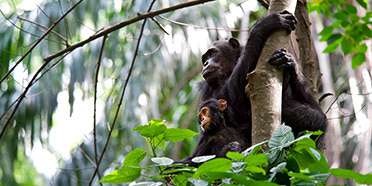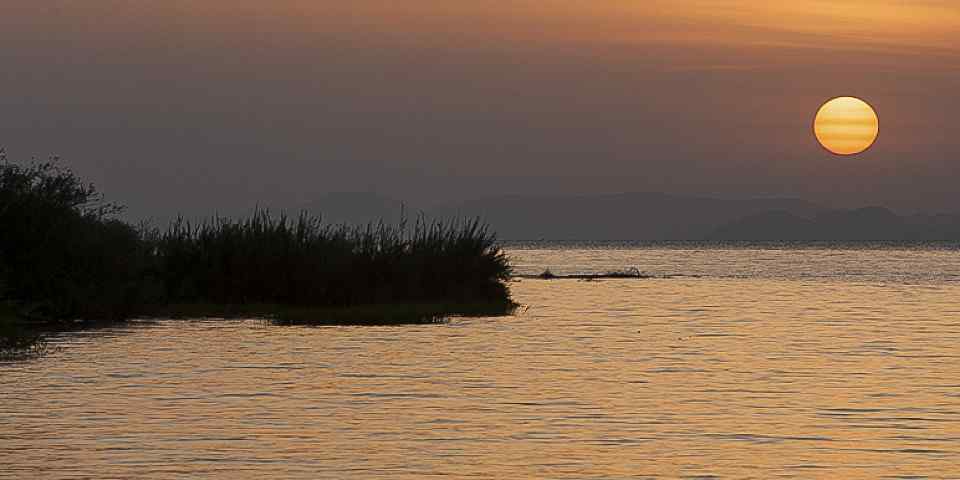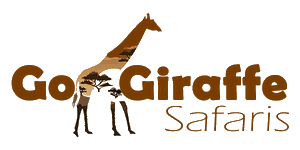Gombe National Park is truly spectacular.
Our trip to Gombe National Park was truly special. My best friend and I did not book our trip in advance, as we were backpacking and preferred to let our trip unfold more naturally. It was our final safari destination on our Southern/Western Tanzania trip, and it was certainly worthwhile. At the time, we had just caught the MV Liemba traveling from Kipili North towards Kigoma and we weren't sure whether to stop at Mahale National Park or Gombe. After various consultations with locals regarding the logistics of both, coupled with their evaluations of the likelihood of high quality chimpanzee sightings at both parks, we decided to go with Gombe National Park. Our rationale was that Mahale would probably be amazing, but would probably be enjoyed as more of a luxurious fly-in destination. With the often unpredictable schedule of the Liemba, it didn't make sense for us to get off at Mahale and risk not having a lift out. Gombe on the other hand seemed to beckon us, as it seemingly fit seamlessly into our journey (which also included Ruaha and Katavi, both of which are wonderful).
From Kigoma, we traveled by local public boat to Gombe on the way there and organized a local boat owner to pick us up when we were finished. Since Gombe NP regulations require you to pay per 24 hours, coupled with the fact we arrived in the park in early evening (too late to go trekking that day), we decided to pay for two days and leave after finishing the day 2 trek. This was slightly complicated because we wanted to travel by public boats and these only pass by Gombe at certain times of day. Thus, it would not have been possible to take a public boat back to Kigoma that evening. The official park boat transportation is very pricey, so we negotiated for some time over the price for a local boat owner to come pick us up (four of us paid something like 20-30$ each for the trip back). The boat trip back was pretty epic, as a major storm hit and lightning was striking everywhere. Despite what we paid for transportation, our boat actually ran out of gas and had to be paddled to shore; it was raining so hard it seemed like the whole shoreline was washing into the lake. It made for a pretty stimulating adventure!
The park itself is wonderful, as were the guides and the trekking experience. On the first day, we trekked for maybe an hour before coming across the main group of chimps and we spent considerable amount of time with them within close distances. The second day, our trek was longer, and arguably more satisfying, as we trekked for somewhere between 2-4 hours before finding the main group. This second encounter was the highlight of the trip as several times, some of the male chimpanzees walked within a couple feet of us as we stood still and let them pass. These close brushes alone were enough to send shivers down my spine and make me feel utterly fulfilled with the park.
Aside from the chimpanzees, there are also a range of other colobus monkeys, baboons, interesting insects, snakes and so on. We were lucky to spot a very colourful bush viper coiled on a branch on one of our walks. The beach is very scenic and calming and the lake is a pleasure to swim in with beautiful cichlids (we had already been scuba diving/free diving/ snorkelling in the Kipili area, so we were less interested in cichlid spotting at this point). If you want to find cichlids, look for the big rocky substrate. As for birds, I can't really comment as I have had much more success spotting birds in other, more open parks, like Katavi, Ruaha, Ngorongoro, Tarangire etc. My favourite place for spotting birds in Tanzania though is the Mnazi Bay-Ruvuma Estuary Marine Park in the Southeast. In my opinion, the tree cover in Gombe makes it a challenge for birding, but more specialized bird watchers could probably speak better to this than I can.
We went in mid-November and it did not rain during our treks, though it began pouring shortly after. As for food, since we were backpacking, we came with our own pots and beans, but food can be purchased there (it's pricey though). Accommodation is very reasonably priced, comfortable and secure.
Some advice I would give for photographers would be to have a camera with good high ISO capabilities. It's usually overcast and under tree cover, so you're often shooting in much lower light situations than other safari experiences. I was shooting with my old canon rebel which is unfortunately not great above ISO 800. I'm picking up a canon 6D soon, which would be a perfect camera for chimpanzee trekking in my opinion. You don't need an obscenely long focal length - 70-200 should be plenty and I'd make sure your shorter focal lengths are somewhat covered as well. F/2.8 if possible, though I personally wouldn't want to carry the 70-200 f/2.8 monster on a 4 hour hike. I'd probably personally recommend a full frame body with a 24-70 f/2.8 and a 70-200 f/4 IS (I shoot canon), but that's just me. You could probably get away with primes as well, as long as your livelihood doesn't depend on capturing the 'decisive moment'. There is electricity available in the rooms to charge batteries.
I used a GoPro hero 3 black with a head strap for video.
Overall, it was a wonderful experience.



![8-Day Serengeti Safari & Chimpanzee Trekking]()

![4-Day Trekking Home of Chimpanzee]()

![10-Day Chimpanzees at Gombe- Mahale Mountain Katavi Park]()


 Tanzania Parks
Tanzania Parks









